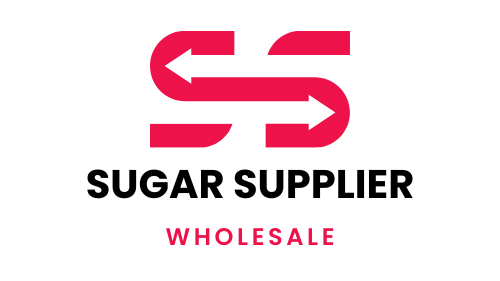In the complex world of sugar logistics, effective risk management strategies are essential to navigate uncertainties and mitigate potential disruptions. This blog post explores the importance of risk management in sugar logistics. Techniques for identifying and addressing risks, their implementation, and the benefits they offer to businesses.
Risk Management
Risk management involves identifying, assessing, and mitigating potential risks that could impact the supply chain. In sugar logistics, these risks may include fluctuations in demand, transportation delays, quality issues, geopolitical instability, and regulatory changes. By proactively addressing these risks, companies can minimize their impact on operations and maintain a competitive edge in the market.
Techniques
Several techniques can be employed to manage risks in sugar logistics. Conducting a comprehensive risk assessment to identify potential threats to the supply chain, evaluating their likelihood and potential impact. Contingency Planning: Developing contingency plans to address identified risks, including alternative sourcing options, backup transportation routes, and emergency response protocols. Data Analysis: Leveraging data analytics to monitor key performance indicators, identify emerging trends, and anticipate potential risks before they escalate. Collaborative Partnerships: Building strong relationships with suppliers, carriers, and other stakeholders to foster collaboration and develop joint risk management strategies.
Implementation
Implementing effective risk management strategies requires a coordinated effort across the organization. This involves: Top-Down Commitment: Leadership buy-in and support are essential to allocate resources, establish clear objectives, and promote a risk-aware culture throughout the organization. Employee Training: Providing employees with training and tools to identify, assess, and respond to risks effectively. Continuous Improvement: Regularly reviewing and updating risk management processes in response to changing market conditions, emerging threats, and lessons learned from past experiences.
Benefits
Effective risk management in sugar logistics offers several benefits: Reduced Disruptions: By identifying and addressing potential risks proactively, companies can minimize disruptions to supply chain operations, ensuring timely delivery of products to customers. Cost Savings: Avoiding or mitigating risks can help companies avoid costly delays, penalties, and other expenses associated with supply chain disruptions. Enhanced Reputation: Demonstrating strong risk management capabilities can enhance a company’s reputation among customers, suppliers, and other stakeholders, fostering trust and loyalty. Competitive Advantage: Companies that effectively manage risks are better positioned to adapt to changing market conditions, seize opportunities, and outperform competitors.
Challenges
Despite its numerous benefits, technology implementation in sugar supply chains is not without its challenges. Common obstacles include high initial investment costs, compatibility issues with existing systems, and cybersecurity concerns. Additionally, resistance to change and limited digital literacy among workforce members may hinder the adoption of new technologies.
Conclusion
In conclusion, risk management strategies are crucial for ensuring the smooth operation of sugar logistics and mitigating potential disruptions. By implementing techniques such as risk assessment, contingency planning, data analysis, and collaborative partnerships, businesses can reduce disruptions, enhance resilience, and gain a competitive edge in the market. For further insights into managing risks in sugar logistics, check out our blog post on customs and compliance in sugar import/export. Additionally, learn about forecasting demand in the sugar supply chain in our blog post on forecasting demand in the sugar supply chain.

